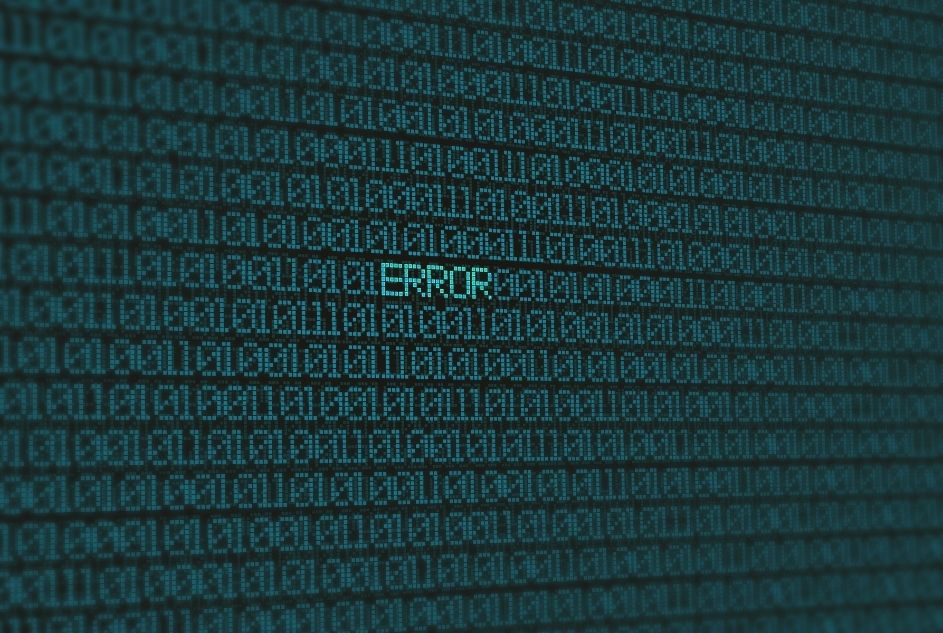

Remember New Year’s Eve 1999? The tech apocalypse that never was?
It’s been many years since the turn of the millennium and that fateful countdown to midnight. The entire world faced the evils of the year 2000 problem, also known as Y2K, the Y2K bug and the millennium bug: a software glitch that could cause computers to interpret the year 2000 as 1900 at 12 a.m. January 1st.
On New Year’s Eve, Y2K was supposed to cause worldwide computer failures that would result in massive power outages, plane crashes, collapsed banks and nuclear war, to name just a few of the calamities feared at the time. The panic generated a new industry of Y2K tech experts who came to save the day.
The Y2K Bug
Twentieth century computer programmers formatted dates to allow only two digits for the year to save memory bits. For example, “84″ was used in place of 1984. When the clocks rolled over at midnight on New Year’s Eve 1999, dates in most computers would switch from “99” to “00.” Given that up until that point all year numbers started with “19,” the double-zero would make the year 2000 indistinguishable from the year 1900.
Another Y2K problem arose from computer programmers’ misunderstanding of a Gregorian calendar rule stating that years divisible by 100 are not leap years. Based on that, they assumed that the year 2000 could not be a leap year, neglecting an exception to the rule that states that years divisible by 400 are leap years.
To avoid date-related malfunctions in computerized systems, many countries sprung into action to inspect their computers and fix the Y2K bug. However, with computer systems being so intertwined through local networks and the internet, there was no guarantee that the corrections would prevent a tech apocalypse. No one knew for sure what would happen on New Year’s Eve.


Time to Panic
Years before New Year’s Eve 1999, techies and scientists warned that digital calendars’ reliance on two-digit year abbreviations would generate a computer bug that could trigger errors in nuclear plants, financial institutions, hospitals, utilities, telecommunications networks, transportation hubs, trade and other critical operations.
While some predicted a challenging computer problem, others predicted the end of civilization. The alarming predictions fueled global mass hysteria. After all, these were the early days of the internet, and most of us couldn’t wrap our heads around the worldwide web.
In the worst-case scenario, the Y2K bug would emerge at midnight on New Year’s Eve and unleash worldwide digital chaos. Predictably, many people began hoarding cash, gas, bottled water, non-perishable foods, toilet paper, batteries, power generators, camping supplies and other essential—just in case. Many people also altered their plans to avoid travel and medical procedures on December 31st and January 1st.
Not surprisingly, numerous businesses and politicians used the Y2K bug threat to push their products and agendas.
Anti-Bug Measures
The Y2K crisis prompted an estimated $600 billion global response.
Companies across multiple industries spent big bucks addressing Y2K issues. General Motors, for example, estimated it would spend $565 million, while Citicorp projected a price tag of $600 million, and MCI would shell out $400 million. Motorola announced it would spend $230 million to Y2K-proof the company, and Abbott Laboratories anticipated spending $100 million.
Governments set up special Y2K committees to monitor remedial action and contingency plans. Canada established command centers, task forces and public information hotlines. China declared war on the Y2K bug and threatened to hold organizations “criminally responsible” if they failed to prevent Y2K-related mistakes. The United Nations helped distribute funds to developing countries for Y2K preparations and backed a global coordination effort.
The U.S. passed the Year 2000 Information and Readiness Disclosure Act, designed continuity plans, and set limits to certain potential liabilities regarding Y2K disclosures. The $1 billion project was a joint effort of the White House, the Federal Emergency Management Agency (FEMA) and the Department of Justice. Each federal agency had its own Y2K task force and worked closely with its private sector counterparts. The U.S. also coordinated a joint operation with Russia to mitigate the possibility of false positive readings in each nation’s nuclear attack early warning systems.


Reasonable Opposition
Not everyone was panicking. Some tech experts argued that Y2K alarmists were exaggerating, some for profit. Unfortunately, they were largely ignored by the media, which focused on the more marketable doomsday theories. It turns out, they were the voices of reason in the sea of Y2K hysteria.
The Unforeseen Outcome
Ten, nine, eight, seven, six, five, four, three, two … one! Cue the crickets.
Yup. Nothing much happened. Not the end of the world, not the disintegration of civilization. No plane fell from the sky. No coronary bypass surgery was interrupted. No nuclear missiles were launched.
There were minor issues, but nothing major or catastrophic as feared. Maybe the measures that governments and companies throughout the world took to correct the Y2K bug and avert disaster made a difference. Maybe not. According to those who claimed the issue had been unduly magnified by the media and corporate greed, Y2K was all hype.
In the end, New Year’s Eve 1999 was, if nothing else, an unusual one. People didn’t know whether to party or bunker down. Bottled water suddenly was more valuable than champagne. Batteries were preferred to sparkles. Toilet paper made the perfect Happy New Year garland. And Spam was the No. 1 item on the menu.
